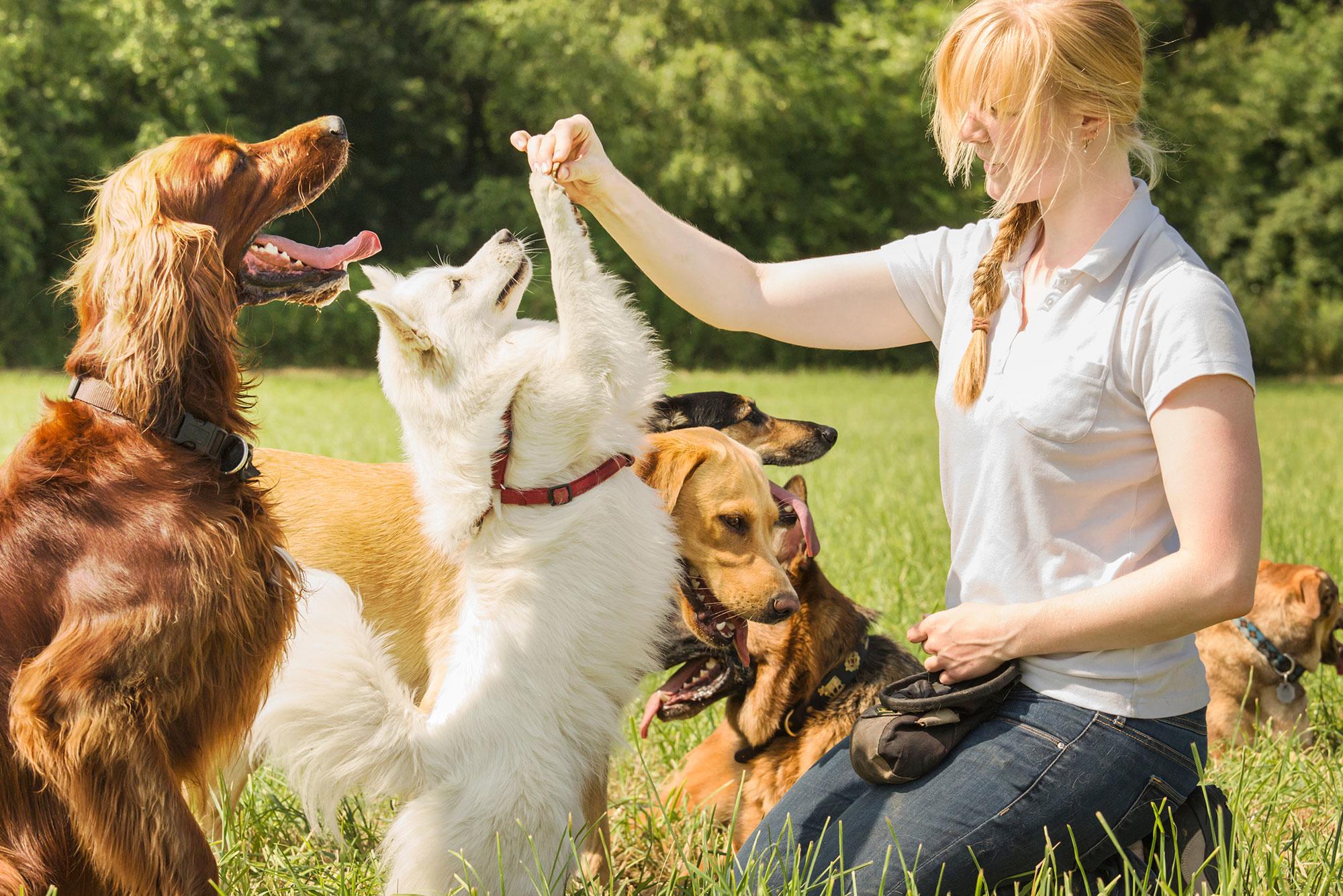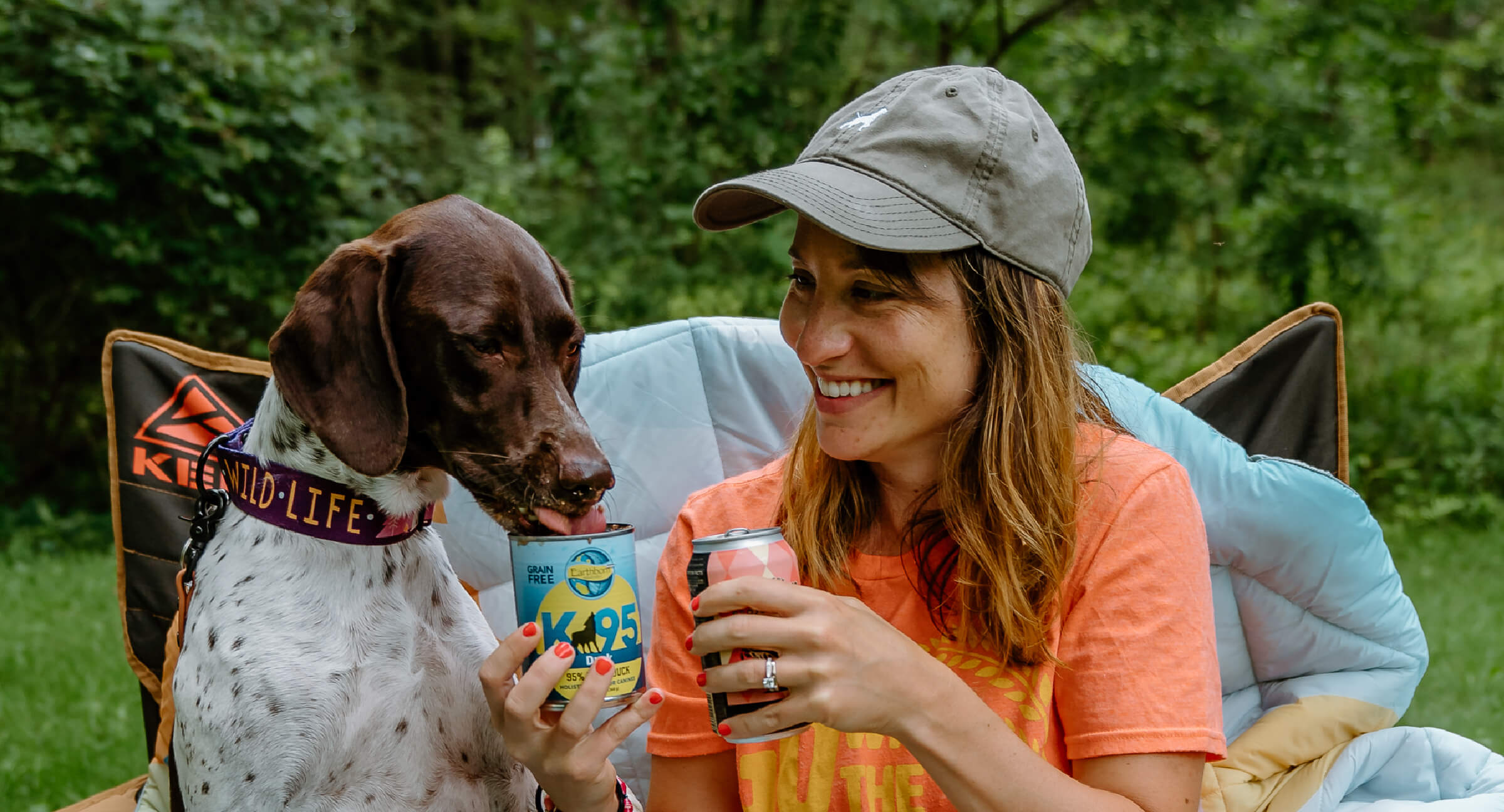The Ultimate Guide to Positive Support in Dog Training
The Ultimate Guide to Positive Support in Dog Training
Blog Article
Necessary Tips for Effective Dog Training: A Guide for Animal Owners
Reliable dog training is a multifaceted procedure that calls for a strategic method tailored to both the family pet's character and the proprietor's purposes. Key parts such as developing regular commands, using positive support, and promoting very early socializing play critical roles in promoting a well-adjusted canine buddy. Several pet dog proprietors experience difficulties that can impede development, leading to disappointment and uncertainty. Understanding exactly how to browse these challenges can considerably boost the training experience, eventually changing the relationship in between owner and pet. What are the important techniques that can be utilized to guarantee success in this venture?
Comprehending Canine Habits
Understanding canine actions is vital for effective training and fostering a harmonious connection in between pooches and their proprietors. dog training. Pets connect largely through body language, articulations, and actions, making it essential for owners to interpret these signals precisely.

Socializing plays a substantial role in pet actions; direct exposure to numerous environments, people, and various other pets can substantially impact a pet's personality. Variables such as breed features and private temperament ought to direct training methods, as some types might have specific behavior qualities that require tailored methods. By comprehending these components, owners can create a supportive environment that encourages positive habits, resulting in successful training outcomes and a much deeper bond with their family pets.
Establishing Consistent Commands
Reliable interaction with your canine begins with developing constant commands. This foundational aspect of training is critical for fostering understanding in between you and your pet. Uniformity in the commands you use makes sure that your pet can reliably connect details words or phrases with the wanted actions.
When selecting commands, choose clear, distinctive words that are simple to say and set apart from each other. Prevent making use of similar-sounding commands that may confuse your pet dog. Using "rest" and "stay" is ideal, yet "rest" and "struck" can lead to misunderstandings.
In addition, preserve the same tone and quantity for each and every command. Canines are sensitive to vocal cues, so varying your tone can create confusion.
It is equally essential to guarantee that all relative get on the same web page pertaining to the commands utilized. A united front in command usage will certainly avoid combined signals and strengthen the discovering procedure.
Positive Reinforcement Strategies
The power of favorable reinforcement in pet dog training hinges on its capacity to motivate desired habits with rewards and appreciation. This strategy is grounded in the principle that behaviors adhered to by favorable end results are much more most likely to be duplicated. By incorporating positive reinforcement into your training program, you can effectively form your dog's actions in a constructive way.
To execute positive reinforcement, it's necessary to determine what encourages your dog, whether it be treats, toys, or verbal praise. When your canine performs a preferred activity, such as resting on command, quickly reward them with a treat or love. This organization in between the command and the favorable outcome strengthens their understanding.
It's vital find out to timing the rewards appropriately; providing the reinforcement within seconds of the wanted habits helps your pet dog make the link (dog training). Furthermore, uniformity is key-- guarantee that all relative use the very same commands and benefit systems to stay clear of confusion

Gradually, you can lower the frequency of treats as your pet dog finds out the actions, transitioning to commend or intermittent incentives. This method not only fosters a solid bond between you and your pet dog however additionally promotes a favorable discovering setting, making training a satisfying experience for both.
Socialization and Interaction
Consistently subjecting your dog to a selection of environments, individuals, and various other pets is important for their social growth. Socialization Continue should start early, ideally during the crucial home window of 3 to 14 weeks, when puppies are most responsive to brand-new experiences. Nevertheless, older pets can also benefit from continuous socializing initiatives.
Introduce your pet to various settings, such as parks, pet-friendly shops, and city areas. This direct exposure assists them adjust to different stimulations, decreasing stress and anxiety and fear reactions. Motivate positive interactions with other pet dogs and people, guaranteeing that these encounters are secure and regulated to cultivate self-confidence.
Utilize structured playdates with courteous pets, as this can boost your pet's social abilities and educate them suitable habits. Obedience courses and training sessions also give outstanding chances for socializing, enabling your pet to communicate with others in a monitored atmosphere.
Screen your canine's body language during interactions, as this will assist you gauge their comfort degree. Gradually increase direct exposure to more tough circumstances while guaranteeing that each experience is positive. A well-socialized pet dog is a lot more likely to display well balanced behavior, making them a happiness to have in any kind of setup.
Addressing Typical Training Obstacles
Every dog owner will encounter training difficulties at some point, no matter their dog's age or socialization level. Determining usual concerns such as stubbornness, diversions, and terror can aid in developing reliable approaches for improvement.

Gradually introduce interruptions as the canine ends up being much more skilled in commands. Short, constant training sessions are additionally efficient in keeping focus.
Fearfulness can hinder a pet's understanding process. official statement Progressive desensitization to the source of worry, coupled with favorable reinforcement, can assist alleviate anxiety. Perseverance is important; never require a canine into a circumstance that creates distress, as this might intensify the concern.
Inevitably, understanding and dealing with these usual challenges with an organized method will cultivate a more effective training experience, strengthening the bond between dog and proprietor while promoting reliable learning.
Final Thought
In summary, effective canine training counts on a detailed understanding of canine actions, the establishment of constant commands, and the application of favorable reinforcement strategies. Socializing plays a vital function in creating well-adjusted pet dogs, while dealing with common training difficulties calls for perseverance and flexibility. By applying these essential techniques, pet dog proprietors can foster a solid bond with their pet dogs and advertise preferable habits, eventually leading to an unified connection in between humans and their canine buddies.
Recognizing dog behavior is essential for efficient training and promoting an unified relationship between dogs and their proprietors.Socialization plays a significant function in pet actions; exposure to various atmospheres, individuals, and other pets can substantially affect a pet dog's temperament.The power of positive reinforcement in canine training lies in its capacity to motivate preferred habits via incentives and appreciation. By including positive reinforcement right into your training regimen, you can effectively form your pet dog's behavior in a useful fashion.
In summary, effective pet training depends on a thorough understanding of canine behavior, the facility of consistent commands, and the application of favorable support strategies.
Report this page